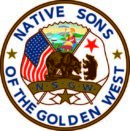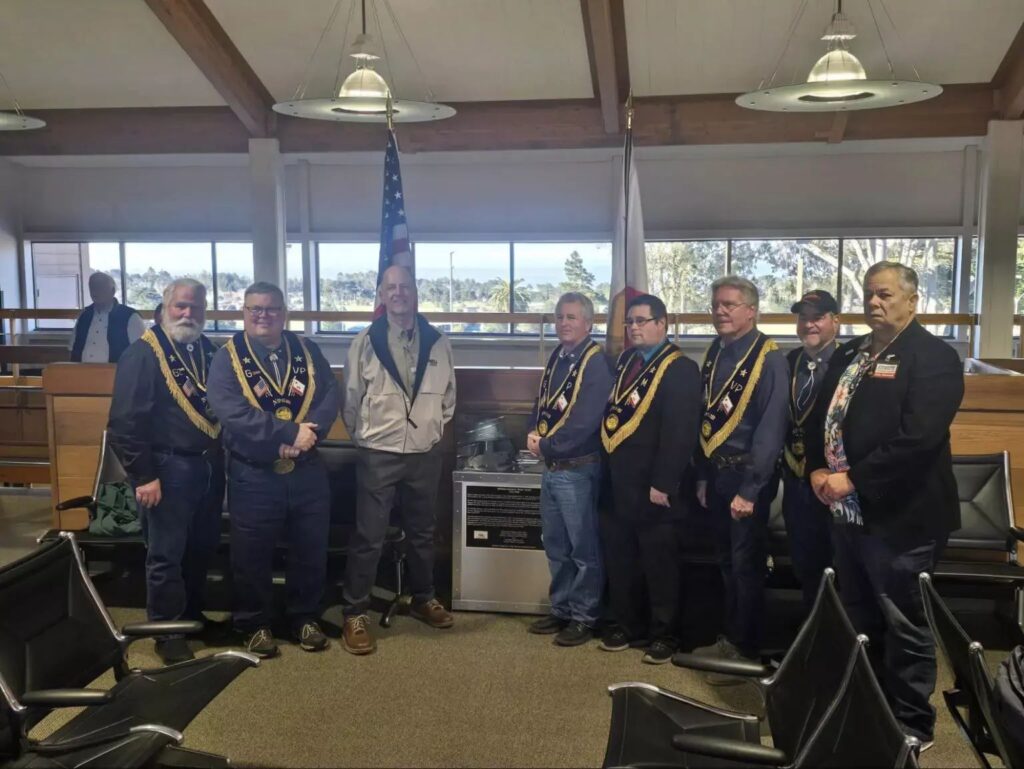In the world of motorsports and helmet safety, few names carry as much weight and historical significance as William Howard “Pete” Snell. His tragic death in 1956 during an auto race not only marked a somber moment in the racing community but also ignited a pivotal shift toward prioritizing helmet safety.
Following this tragedy, the Snell Memorial Foundation was established, setting stringent new standards for helmet safety and becoming a pivotal force in the advancement of protective gear for racers and others. Pete Snell’s legacy, marked by his motorsports contributions and tragic death, led to the creation of the Snell Helmet Certification.
Through exploring the legacy of Snell and the foundation that bears his name, we delve into how a moment of loss transformed into a continuous quest for safety, influencing helmet standards worldwide and safeguarding countless lives in various high-risk sports.
The Native Sons of the Golden West, an organization founded in 1875 to honor California’s Gold Rush pioneers, has long been committed to preserving the state’s rich historical legacy. This commitment was vividly demonstrated through their dedication of a plaque honoring Pete Snell, a notable figure in motorsports and helmet safety.
The Native Sons’ involvement in commemorating Snell’s contributions reflects their broader mission to celebrate and protect California’s diverse history. By acknowledging Snell’s impact, they bridge the gap between California’s adventurous past and its ongoing influence on safety innovations in sports and beyond. The organization is dedicated to preserving historical sites and honoring individuals whose lives have significantly shaped contemporary practices and standards.
“Pete Snell’s legacy is a profound reminder of the importance of safety in our pursuits,” says a member of the Native Sons of the Golden West. “His story led to a revolutionary change in how we protect ourselves.”
William Howard “Pete” Snell: A Tragic Catalyst
Pete Snell’s life and subsequent death in 1956 occupy a poignant chapter in the history of motorsports and helmet safety. An enthusiastic and skilled racer, Snell’s passion for auto racing was evident through his active participation in racing events, which was a popular yet perilous sport during his time. Tragically, his life was cut short during an auto race when he succumbed to fatal injuries after a high-speed crash. This incident not only represented a loss to the racing community but also served as a stark wake-up call regarding the critical need for enhanced safety measures, particularly in helmet protection.
Snell’s death underscored the glaring inadequacies in helmet safety at the time, revealing how ill-equipped standard helmets were in providing adequate protection against severe impacts. This tragedy catalyzed a movement towards reevaluating and significantly improving helmet safety standards, leading to the establishment of the Snell Memorial Foundation—a testament to his lasting impact on the world of motorsports and safety equipment.
“In honoring William Howard Snell, we are reminded of the impact that individuals can have,” reflects a member of the Native Sons of the Golden West. “Snell’s accident highlighted the shortcomings in helmet safety and spurred a movement that has surely saved countless lives. His legacy is a powerful testament to the importance of continuous improvement in safety standards.”

The Birth of Snell Helmet Certification
In response to the tragic death of William Howard Snell, the Snell Memorial Foundation was established in 1957, marking a pivotal moment in the history of helmet safety. This foundation was born out of a pressing need to enhance protective headgear for motorsport racers, aiming to prevent the kind of tragedy that claimed Snell’s life. The foundation’s initial mission was clear: to develop and enforce a set of rigorous standards for helmet safety that far exceeded the existing criteria.
By introducing the Snell safety standards, the foundation set forth a comprehensive certification process that helmets must undergo to ensure they provide the highest level of protection against impacts. These standards were based on scientific research and advancements in helmet design and materials, laying down a benchmark for safety that influenced not only racing helmets but also protective headgear in other high-risk sports. The birth of Snell Helmet Certification represented a significant leap forward in the quest for safer racing environments and has since become synonymous with helmet safety excellence.
“The creation of the Snell Memorial Foundation was a watershed moment for the safety of all who embrace the thrill of speed,” remarks a member of the Native Sons of the Golden West. “It has safeguarded racers and set a global standard for helmet safety, reflecting a legacy that transcends the racetrack.”
Advancements in Helmet Safety Standards
Over the years, the Snell Memorial Foundation has been at the forefront of driving advancements in helmet safety standards, reflecting the evolving understanding of biomechanics and materials science. Since its inception, Snell standards have undergone periodic revisions to incorporate the latest research findings and technological innovations. These revisions have led to the development of helmets that offer superior protection, are lighter in weight, and provide better fit and comfort for users.
The foundation’s rigorous testing procedures simulate various impact scenarios, ensuring that Snell-certified helmets meet the highest safety benchmarks. These standards have pushed the envelope in helmet design and inspired other safety standards globally, such as DOT (Department of Transportation) in the United States and ECE (Economic Commission for Europe) internationally.
Through collaboration with researchers and manufacturers, Snell has contributed to significant breakthroughs, such as improved shock absorption materials and the integration of rotational injury prevention technologies. This continuous innovation underlines the foundation’s commitment to reducing fatalities and injuries in sports and recreational activities, making Snell certification a gold standard in helmet safety.
Impact of Snell Foundation on Racing and Beyond
The Snell Memorial Foundation’s impact on racing and beyond is profound and far-reaching. By setting the gold standard for helmet safety, the foundation has played a pivotal role in enhancing the safety of professional racers, motorcyclists, bicyclists, and other sports enthusiasts. Snell’s rigorous certification process and standards have been instrumental in elevating the manufacturing quality of helmets, ensuring that athletes and casual participants alike are afforded the highest level of head protection available. This has not only led to a noticeable reduction in head injuries within motorsports but has also raised awareness about the importance of wearing certified helmets across a variety of activities.
“The Snell Memorial Foundation has not just revolutionized helmet safety; it has fundamentally shifted our culture towards prioritizing protection in all forms of sport,” states a member of the Native Sons of the Golden West. “Their unwavering dedication to excellence in safety standards has saved countless lives and continues to inspire innovations that keep us safe, whether we’re on the track or enjoying recreational activities.”
As the sports and transportation sectors evolve, Snell’s role in addressing safety challenges and promoting collaboration for global standards becomes increasingly important. Their efforts have significantly reduced head injury risks, emphasizing the value of certified helmets. The foundation’s dedication to rigorous testing and high standards continues to drive helmet safety forward, ensuring its leadership in personal safety advancements.


